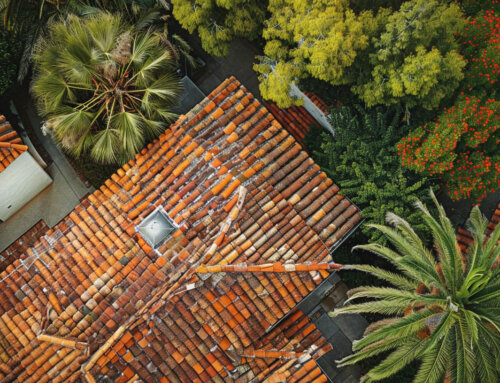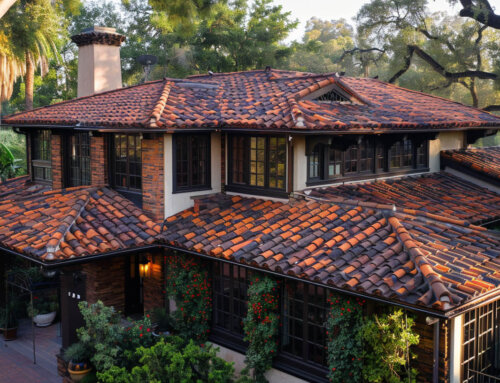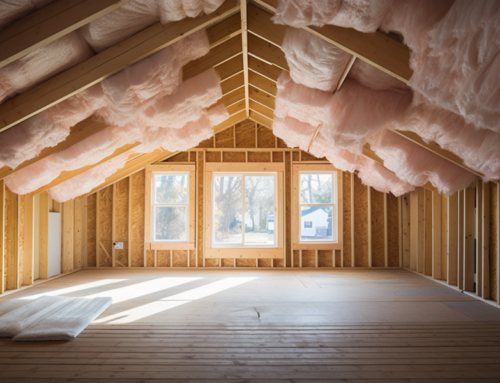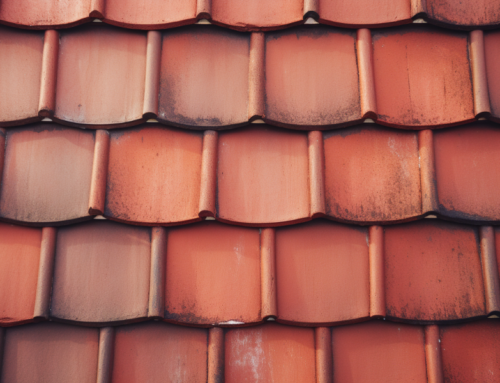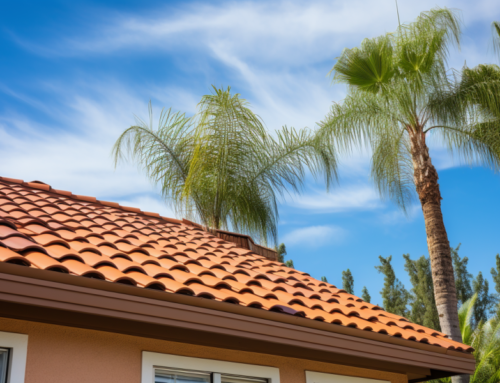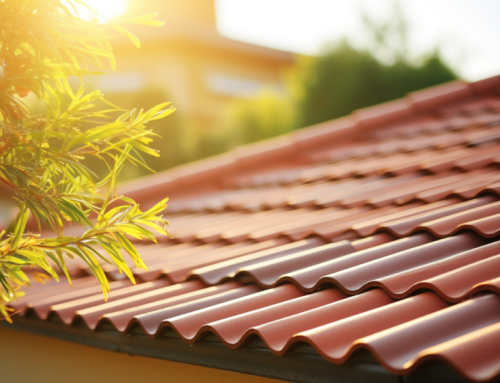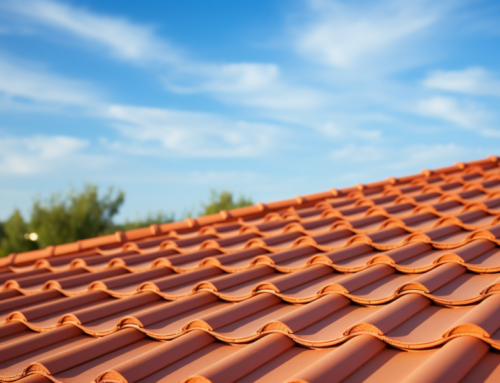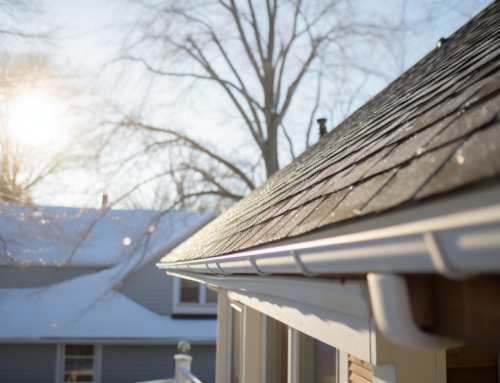Shingle roofs have become the go-to choice for many homeowners, offering both aesthetic appeal and functional benefits. The longevity of a shingle roof largely depends on the type of shingles used and the environmental factors it’s exposed to. Here, we delve into the different types of shingle roofs and their expected lifespans, ensuring you make an informed decision for your home.
Understanding the Popularity of Shingle Roofs
Shingle roofs dominate the roofing landscape. Their widespread use can be attributed to their versatility, availability, and the range of options they offer in terms of materials and aesthetics. Proper maintenance can see some shingle roofs lasting anywhere from 15 to a staggering 100 years, contingent on the shingle type.
Environmental factors such as hail, windstorms, and prolonged exposure to sunlight can accelerate the wear and tear process. Additionally, the accumulation of moss, mold, and debris can compromise the roof’s integrity if not addressed in a timely manner.
Delving into Different Shingle Types
1. Asphalt Shingle Roof
Asphalt shingles are the most commonly used, primarily due to their ease of installation, affordability, and wide availability. They come in a plethora of colors and styles, catering to diverse aesthetic preferences. Typically, an asphalt shingle roof can last between 15 and 30 years. However, they are susceptible to mold and UV damage. Regular inspections are crucial, especially after strong windstorms, to ensure any missing or damaged shingles are promptly replaced.
2. Cedar Shake Shingle Roof
Cedar shake shingles offer a distinct, natural appearance, enhancing the aesthetic appeal of homes. In optimal conditions, they can last up to 50 years. However, they are less resistant to moisture compared to their asphalt counterparts. In humid environments, cedar shake shingles may warp or become susceptible to mold, especially if sap from overhanging trees drips onto them. It’s essential to treat them with fire retardants, especially in areas prone to wildfires.
3. Clay Tile Roof
Clay tile roofs are synonymous with durability, boasting a lifespan that can exceed 100 years with proper care. They offer superior insulation against sound and heat. However, they require expert handling. Inexperienced roofers can inadvertently damage them, and they can crack due to hail, water damage, or falling debris. Despite their fragility, their overall structure offers robust protection, making them a long-term investment.
4. Metal Roofing
Metal roofs are gaining traction for their longevity, with some lasting over 70 years without needing replacement. They offer enhanced insulation, potentially reducing heating bills. Metal roofs are also an excellent choice for homes with solar panels, ensuring the roof outlasts the solar system. Environmentally conscious homeowners will appreciate that metal roofs are recyclable, reducing landfill waste. While they are more resilient to sunlight, hail, and wind compared to asphalt shingles, they come with a higher price tag and require specialized installation.
The Imperative of Regular Maintenance
Regardless of the shingle material, regular maintenance is non-negotiable. Biennial inspections, ideally in spring and fall, can preempt potential issues. Professional roofers can identify problem areas during these inspections, facilitating timely repairs. Proactive maintenance can be the difference between minor repairs and a complete roof overhaul.
At San Diego County Roofing & Solar, we emphasize the importance of regular roof inspections. Overlooking minor issues can snowball into significant problems, leading to expensive repairs. Our team of experts offers comprehensive roofing services, ensuring your roof remains in optimal condition. With San Diego County Roofing & Solar, you can expect lower energy bills and a secure roofing structure, providing peace of mind for you and your family.



